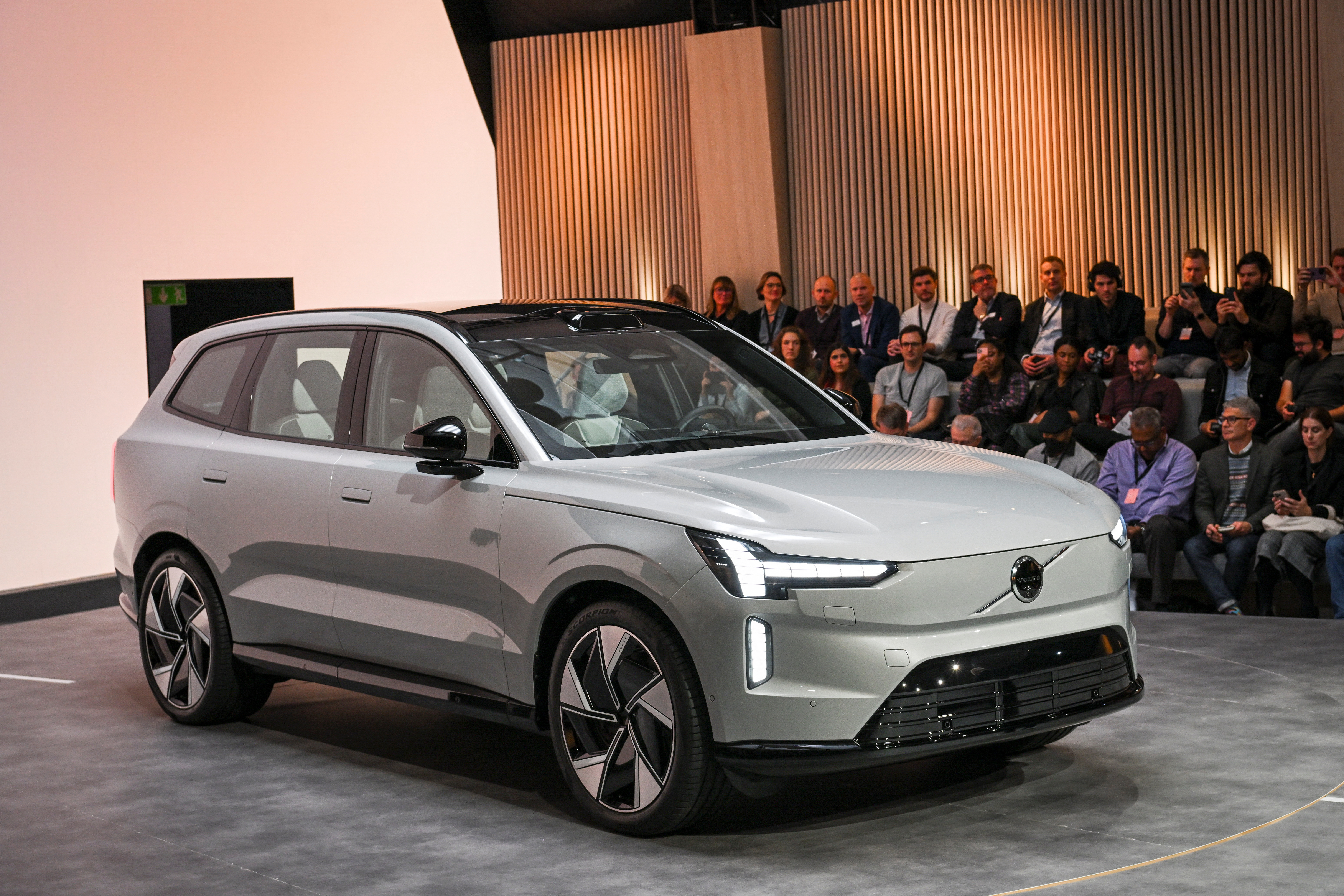Volvo’s Electrification Journey: A Deep Dive
Volvo cars has embarked on a bold mission: to become a fully electric car maker by 2030. This ambitious goal signifies a significant shift in the Swedish automaker’s strategy and a commitment to sustainable mobility. This article delves into the intricacies of Volvo’s electric vehicle (EV) strategy, exploring its current offerings, future plans, and the challenges and opportunities that lie ahead.
The Genesis of Volvo’s Electric Vision
Volvo’s journey towards electrification began with a clear recognition of the urgent need to address climate change. The company acknowledges the significant role the automotive industry plays in greenhouse gas emissions and has taken a proactive stance to minimize its environmental impact. This commitment is reflected in its ambitious goal of becoming a climate-neutral company by 2040, encompassing its entire lifecycle, from manufacturing to end-of-life vehicle management.

The decision to go fully electric by 2030 is a bold statement that underscores Volvo’s determination to lead the industry’s transition to sustainable mobility. This strategic shift involves a comprehensive transformation across various facets of the business, including research and development, manufacturing, and sales and marketing.
Current Electric Offerings: A Range of Choices
Volvo currently offers a diverse range of electrified vehicles, catering to different customer needs and preferences. The core of its electric lineup comprises the following models:
XC40 Recharge: This compact SUV is a popular choice, offering a stylish design, spacious interior, and impressive range. It represents Volvo’s commitment to making electric mobility accessible to a wider audience.

These models showcase Volvo’s commitment to offering a diverse range of electrified vehicles, ensuring that there is an option to suit every lifestyle and driving need.
Future Roadmap: Expanding the Electric Portfolio
Volvo has ambitious plans to expand its electric vehicle portfolio in the coming years. The company is developing a new generation of electric vehicles based on its in-house developed SPA2 platform. This dedicated EV platform will enable Volvo to optimize vehicle design and engineering for electric powertrains, resulting in improved range, performance, and efficiency.
The SPA2 platform will underpin a range of future models, including sedans, SUVs, and crossovers. This will allow Volvo to cater to a wider range of customer segments and strengthen its position in the growing electric vehicle market.

Key Technologies Driving Volvo’s Electric Future
Volvo is investing heavily in cutting-edge technologies to enhance the performance and appeal of its electric vehicles. Some of the key areas of focus include:
Battery Technology: Volvo is continuously working to improve battery technology, focusing on increasing energy density, reducing charging times, and enhancing battery life. This involves collaborations with leading battery suppliers and research institutions.
The Role of Charging Infrastructure
The availability of a robust and convenient charging infrastructure is crucial for the widespread adoption of electric vehicles. Volvo is actively working with partners to expand the charging network and improve the charging experience for its customers. This includes collaborations with charging infrastructure providers, as well as initiatives to install charging stations at dealerships and other key locations.
Addressing the Challenges of Electrification
While the transition to electric vehicles presents numerous opportunities, it also presents significant challenges. Some of the key challenges that Volvo and other automakers are facing include:
Battery Costs: The high cost of batteries remains a significant barrier to entry for electric vehicles.
To address these challenges, Volvo is pursuing a multi-pronged approach, including:
Investing in battery technology: To reduce costs and improve performance.
The Future of Volvo’s Electrification Journey
Volvo’s journey towards becoming a fully electric car maker is an ongoing process. The company is constantly evolving its strategy and adapting to the changing needs of the market. As battery technology advances, charging infrastructure expands, and consumer awareness grows, Volvo is well-positioned to capitalize on the opportunities presented by the electric vehicle revolution.
The future of Volvo’s electrification journey is bright, marked by innovation, sustainability, and a commitment to providing customers with safe, stylish, and enjoyable electric vehicles. By embracing the challenges and leveraging its strengths, Volvo is poised to play a leading role in shaping the future of mobility.
This article provides a comprehensive overview of Volvo’s electric vehicle strategy. It is important to note that the automotive industry is constantly evolving, and Volvo’s plans may be subject to change based on market conditions and technological advancements.



